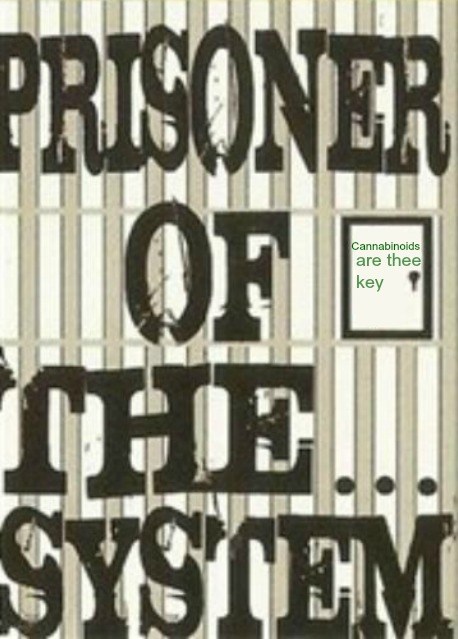Cannabinoid 1 Receptors in Keratinocytes Modulate Proinflammatory Chemokine Secretion and Attenuate Contact Allergic Inflammation
- Evelyn Gaffal*,1,
- Mira Cron*,1,
- Nicole Glodde*,
- Tobias Bald*,
- Rohini Kuner†,
- Andreas Zimmer‡,
- Beat Lutz§ and
- Thomas Tüting*
+Author Affiliations
- Address correspondence and reprint requests to Dr. Thomas Tüting, Laboratory of Experimental Dermatology, Department of Dermatology and Allergy, University Hospital of the Friedrich-Wilhelm-University Bonn, 53105 Bonn, Germany. E-mail address:thomas.tueting@ukb.uni-bonn.de
-
↵1 E.G. and M.C. contributed equally to this work.
Abstract
Epidermal keratinocytes (KCs) and cannabinoid (CB) receptors both participate in the regulation of inflammatory responses in a mouse model for allergic contact dermatitis, the contact hypersensitivity (CHS) response to the obligate sensitizer 2,4-dinitrofluorobenzene. In this study, we investigated the cellular and molecular mechanisms how CB1 receptors attenuate CHS responses to 2,4-dinitrofluorobenzene. We used a conditional gene-targeting approach to identify the relative contribution of CB1 receptors on epidermal KCs for the control of CHS responses. To determine the underlying cellular and molecular mechanisms that regulate inflammatory responses in the effector phase of CHS, we performed further investigations on inflamed ear tissue and primary KC cultures using morphologic, molecular, and immunologic methods. Mice with a KC-specific deletion of CB1 receptors developed increased and prolonged CHS responses. These were associated with enhanced reactive epidermal acanthosis and inflammatory KC hyperproliferation in the effector phase of CHS. In vitro, primary cultures of CB1 receptor–deficient KC released increased amounts of CXCL10 and CCL8 after stimulation with IFN-γ compared with controls. In vivo, contact allergic ear tissue of CB1 receptor–deficient KCs showed enhanced expression of CXCL10 and CCL8 compared with controls. Further investigations established CCL8 as a proinflammatory chemokine regulated by CB1 receptors that promotes immune cell recruitment to allergen-challenged skin. Taken together, these results demonstrate that CB1 receptors are functionally expressed by KCs in vivo and help to limit the secretion of proinflammatory chemokines that regulate T cell–dependent inflammation in the effector phase of CHS.
Footnotes
-
This work was supported by the German Research Council in the Research Unit 926 (SP 3 to B.L.; SP 6 to A.Z.; SP 7 to T.T.) and the University of Bonn Medical Faculty BONFOR program (to E.G.).
- Received June 26, 2012.
- Accepted March 12, 2013.
- Copyright © 2013 by The American Association of Immunologists, Inc

http://www.jimmunol.org/content/early/2013/04/11/jimmunol.1201777.abstract

